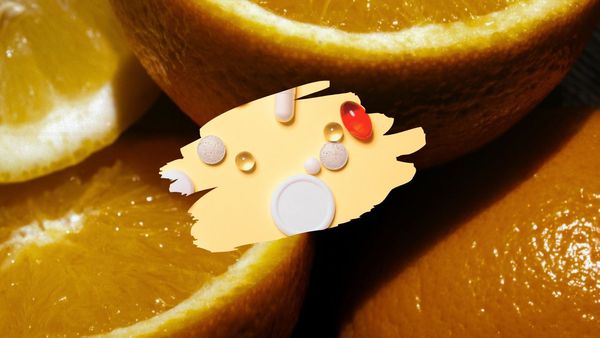Originally thought to be one single vitamin, Vitamin B is actually a complex of several chemically distinct vitamins. The name arises from the fact that these vitamins happen to often coexist in the same foods. Later research, however, found otherwise.
The B Vitamins often include B1 B12 B6 Vitamins, B2 B3 B4 B5 B7 B8 and B9. B1 B12 B6 vitamins are sometimes called thiamine, pyridoxine and pyridoxamine, and cyanocobalamin, respectively. Each of these vitamins has distinctive effects on the body, especially on the process called metabolism. B1 B12 B6 vitamins specifically bolster the metabolic rate of the body, maintain healthy skin and muscle tone, and enhance the immune and nervous system. B vitamins also help promote cell growth and division, including that of red blood cells that help prevent anemia.
B1 B12 B6 vitamins are water soluble, just as all B vitamins are. They are dispersed throughout the body and an essential nutritional requirement to help the body perform its normal functions. B1 B12 B6 vitamins must be replenished daily and any excess is excreted in the urine. So far, no study has yet to show any adverse side effect due to over-consumption of B1 B12 B6 vitamins.
The combination of B1 B12 B16 vitamins often help combat the symptoms of behavioral diseases. That is why the B1 B12 B6 vitamin combination is often used to treat stress, depression, and even cardiovascular diseases.
Thiamine
Otherwise known as Vitamin B1, thiamine is a colorless compound that is soluble in water and insoluble in alcohol. It is the essential component of the coenzyme Thiamine pyrophosphate (TPP) for pyruvate dehydrogenase, g-ketoglutarate dehydrogenase and transketolase. These enzymes help in the metabolism of compounds, such as carbohydrates, synthesis of NADPH and the pentose sugars, deoxyribose and ribose.
Pyridoxine
Vitamin B6 is made up of two major forms – pyridoxine and pyridoxamine. When these two compounds are found in the liver, they take on the form of pyridoxal 5’-phosphate or PLP which is a cofactor in many reactions of amino acid metabolism. The release of glucose from glycogen is also made possible with the presence of PLP. In addition to that, Vitamin B6 is needed for more than 100 enzymes involved in protein metabolism, as well as red blood cell metabolism.
Cyanocobalamin
Cyanocobalamin is the principal Vitamin B12 form found in foods and nutritional supplements. Out of all the B Vitamins, B12 is the most chemically complex. Its structure is based on a corrin ring, which, although similar to the porphyrin ring found in haem, chlorophyll, and cytochromes, has two of the pyrrole rings directly bonded to it.
We appreciate you reading this!
If you enjoyed this article, please consider our other publications and by signing up to our newsletter, you'll have immediate access to our latest articles.










